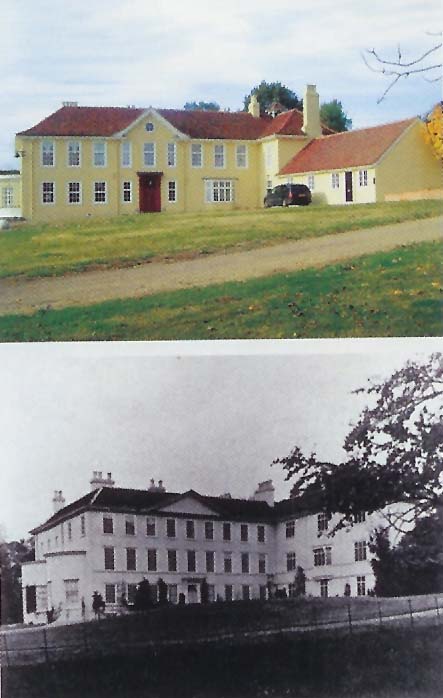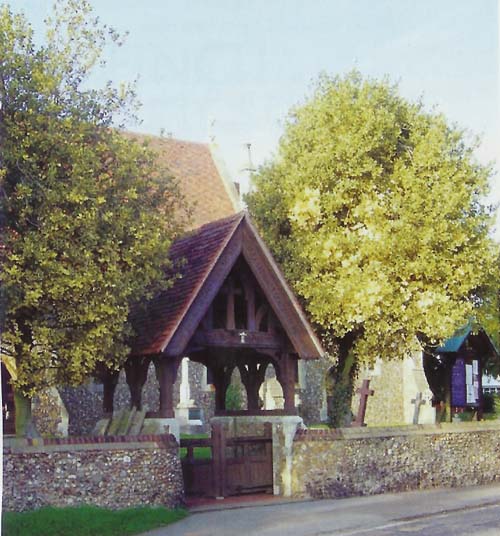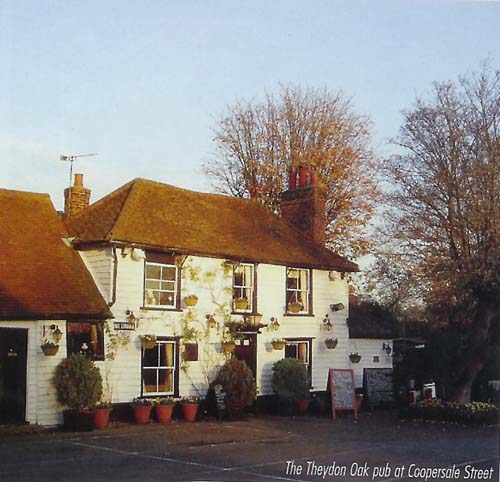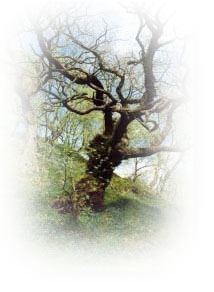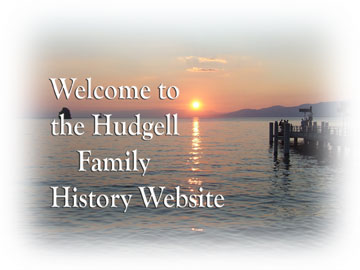
|
COOPERSALE UNCOVERED We take a look at the History of an Ancient Essex Hamlet |
|
The linear settlement of Coopersale, a mile south-east of Epping, dates back more than five centuries. By the 16th century the route connecting London and Newmarket ran through Coopersale Common. In the 17th and 18th centuries several houses and two pubs were added and a community slowly developed. Several families in the area today can trace their roots locally as far back as that time or before. One family in particular can be traced back even further than that. In the 15th century, a man called Simon de-Bois was ordered by King Henry V to change his name to Archer after winning an archery contest at the palace in Havering-atte-Bower. De-Bois had previously impressed the King with his conquests at the battle of Agincourt. There are records of various Archer connections within the manor of Theydon Bois during the next hundred years or so, and it is known that a Henry Archer held the manor of Hemnalls in Epping on his death in 1616. In the 18th century, Susanna Archer married Jacob Houblon, a descendant of Sir John Houblon (1632-1712), who founded the Bank of England, and whose portrait may be seen on the current £50 note. The Houblons descended from a Huguenot family who had come to England from Lille in 1567 and owned Hallingbury Place, near Halstead. . |
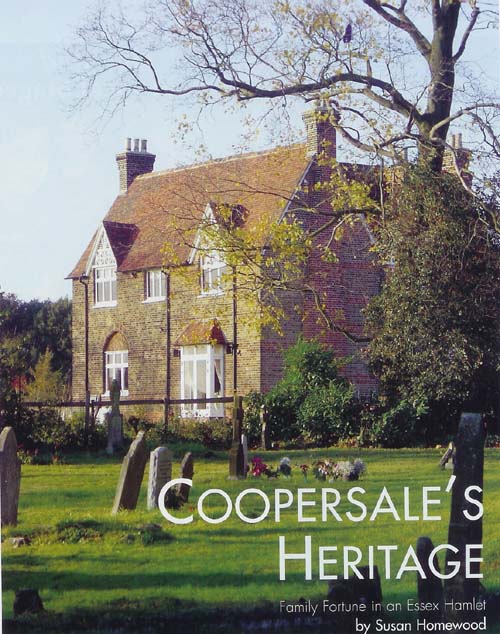 |
|
Coopersale House today and before 1921 |
|
|||
|
Susanna and Jacob Houblon went to live in Coopersale House, which was probably built in the 17th century. The Archer-Houblon blood-line was interrupted when at one point there were no heirs and though the name was passed on through marriage, John Archer, who inherited Coopersale House in 1739, was not actually related to the earlier-known family.
John Archer made extensive alterations and modernisations to the estate in the 1760's though details are not known. The lake may have been added at this time. He lived to enjoy the changes only until 1776.
.After his death, Coopersale House was unoccupied until in 1800 the third Susanna Houblon, later Mrs Houblon-Newton, went to live there. The state of the place, having been empty for so long, was recorded in a contemporary newspaper and is referred to in a book published a century later by Alice Archer-Houblon. 'A curious account in a newspaper describes the wilderness of "toll weeds in the courtyard," while inside, "rooks and jackdaws had built their nests in the chimneys, owls had taken possession of the principal drawing-room, and pigeons had long mode their home amongst the books in the library." So long had they lived here undisturbed "that several loads of dung cumbered the floor... never before were cobwebs seen so beautiful or such on amazing size. They extended the whole length of one room, and from the ceiling to the floor. '"
|
||||
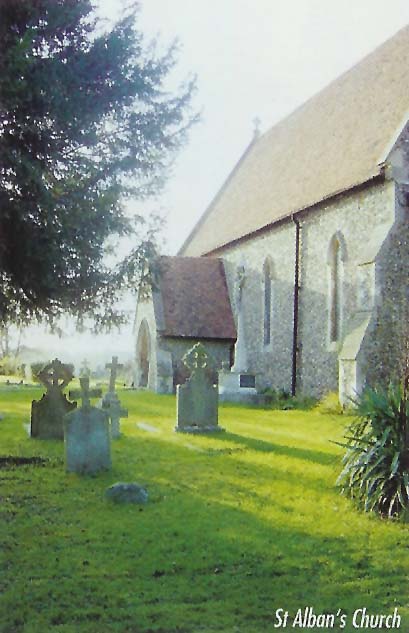 |
In the mid-19th century, Miss Harriet Archer-Houblon did a tremendous amount for the local community, including providing Coopersale with a school, the substantial St Alban's Church and a vicarage, all built by notable architects. As well as being generous, she must have had a great sense of fun, too. Local resident Fred Brown writes in his booklet about the history of Coopersale, 'There was a great frost in February 1895, which caused many problems. Hydrants were frozen up, and the large lake at Coopersale House was frozen over. Miss Archer-Houblon invited skaters to use the lake, around which Chinese lanterns were hung. Trees were also illuminated with fairy lights, tea and refreshments were provided and on Ice Carnival was held in the evening, culminating in a firework display.' What a wonderful sight it must have been.' |
|
In 1907, Constable published the book by Alice Archer Houblon already quoted: The Houblon Family, its story and times; a fascinating account of the family history.' Harriet Archer-Houblon died the following year and, sadly, the family connection with Coopersale was soon to end. In 1907, Constable published the book by Alice Archer Houblon already quoted: The Houblon Family, its story and times; a fascinating account of the family history The contents of Coopersale House were disposed of in 1908, and the whole estate sold in 1914. Members of a religious order occupied it during the First World War, then in 1920 it was bought by a Mr H J I Camps, who surprised his neighbours by removing the top storey and part of the north-east wing. Like Miss Archer-Houblon, he become a local benefactor and built the Village Institute. Coopersale House changed hands again several times during the 20th century, its owners including the banker Major Jocelyn Hambro and the media magnate Rupert Murdoch. |
|
|||
|
|
||||
|
West Essex Life Issue No 028 September 2005
|
Pamela Bishop ©2002 - 2006 All rights reserved
last updated 14/08/2006 01:00
